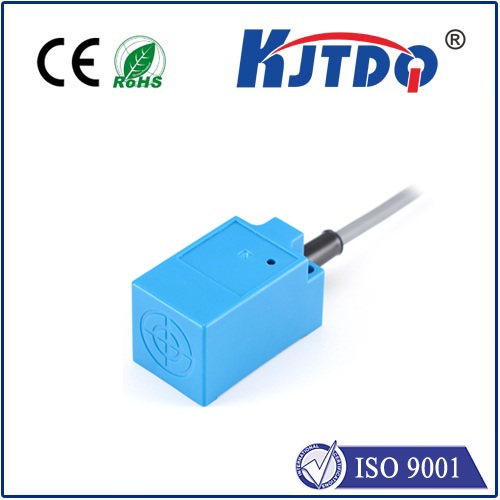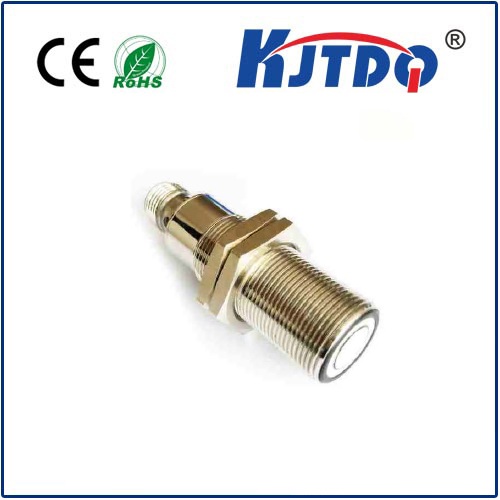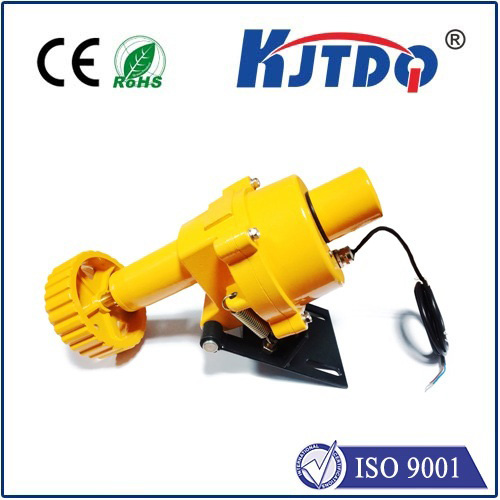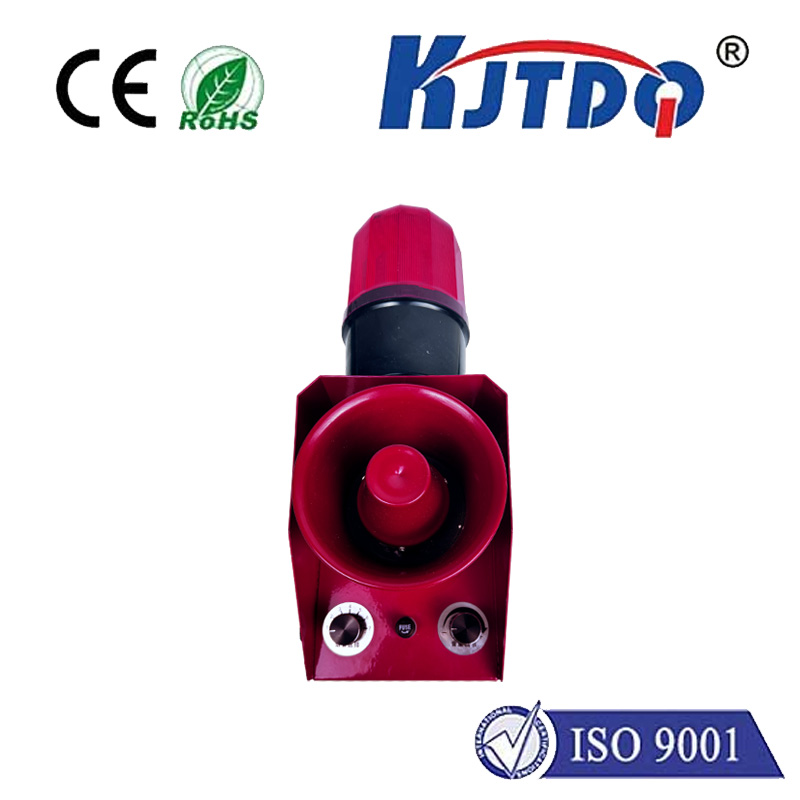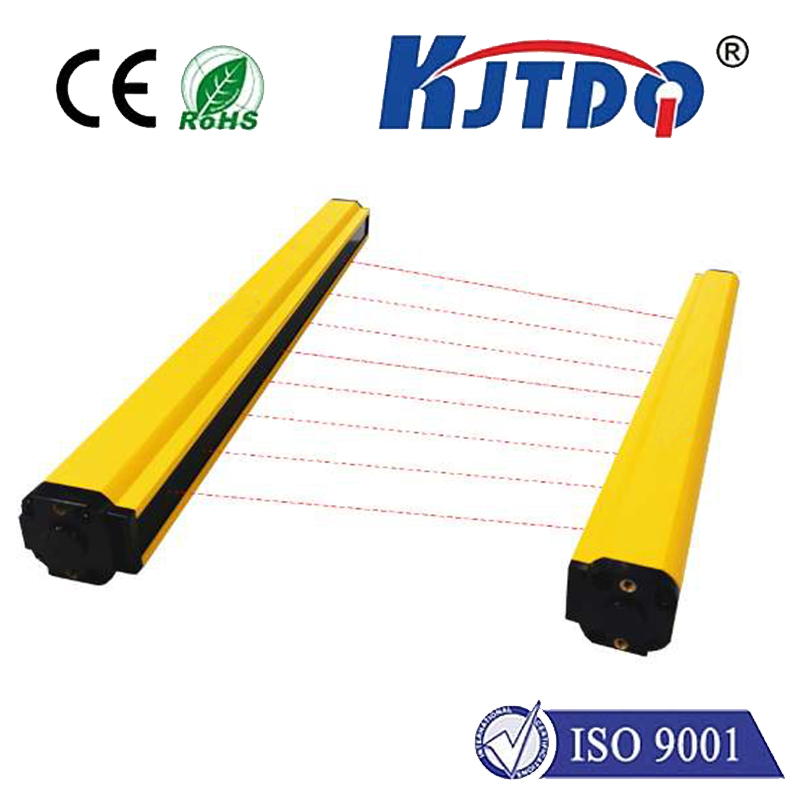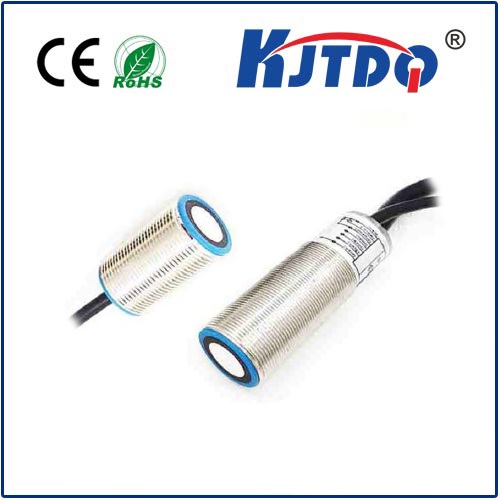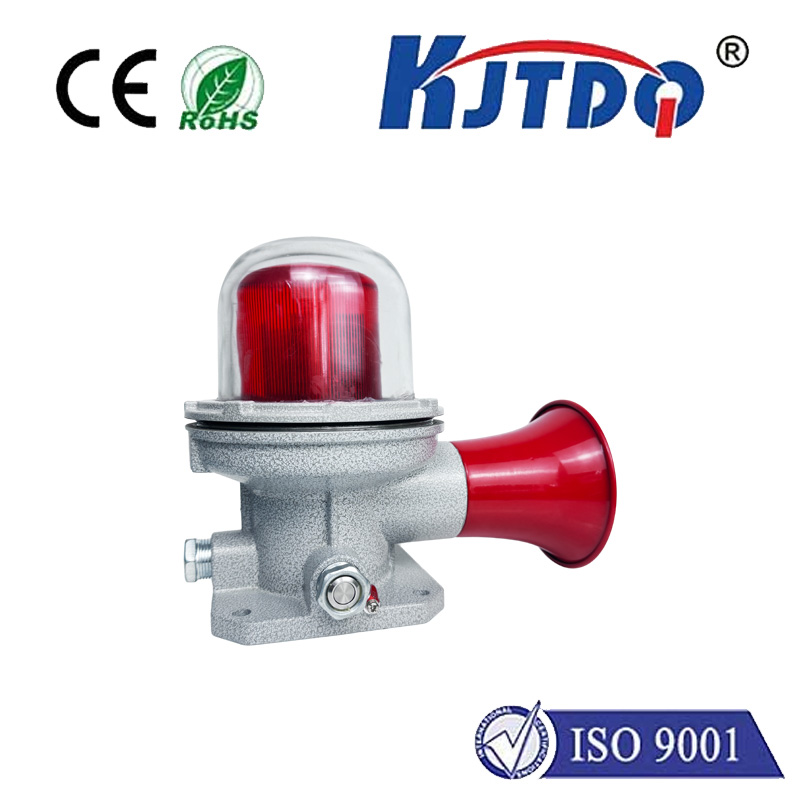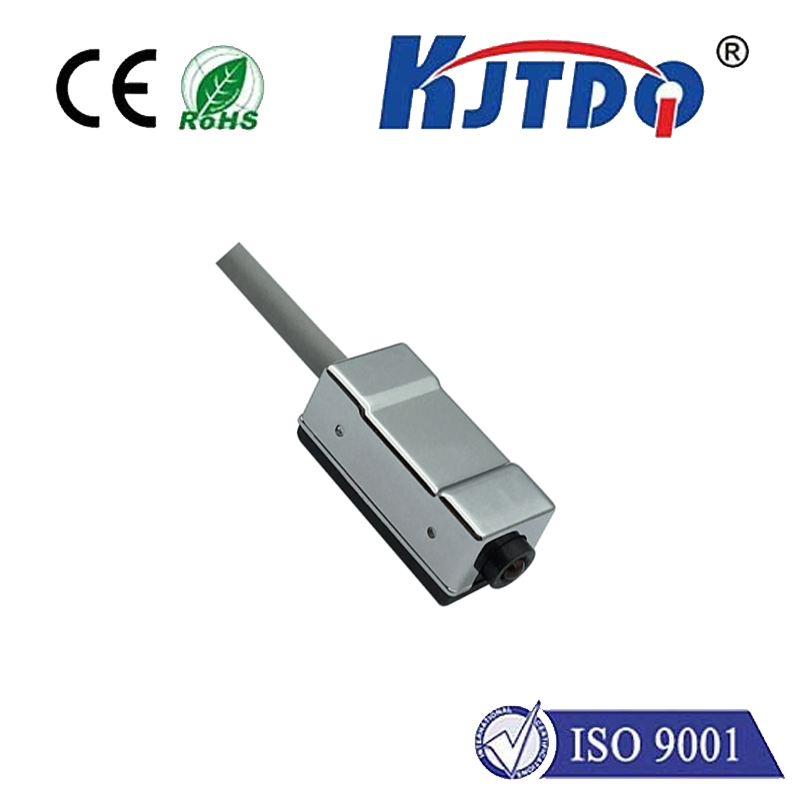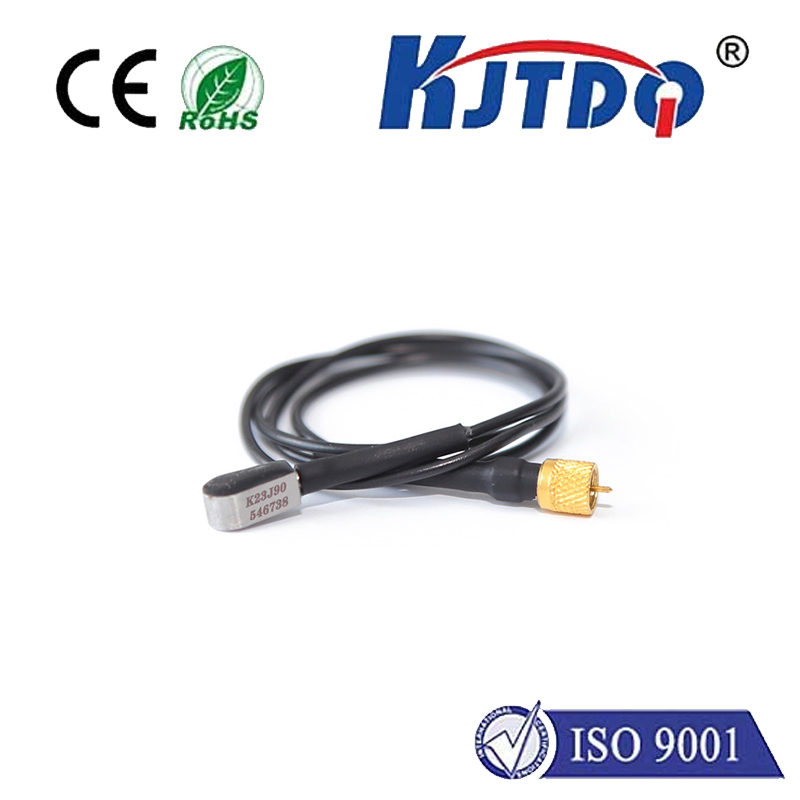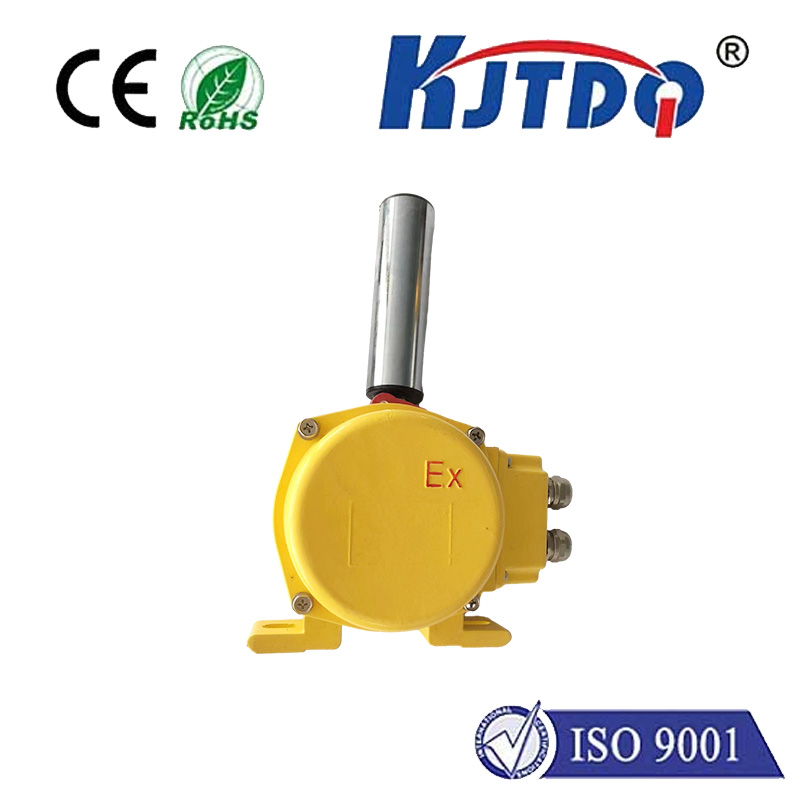
check

check

check

check

Title: Enhancing Efficiency and Accuracy with the 110V Proximity Sensor In an increasingly automated world, the 110V proximity sensor stands out as a critical component in various industries, from manufacturing to robotics and beyond. This advanced technology is revolutionizing how machinery interacts with its environment, offering a blend of precision and reliability that is indispensable for modern operations. Understanding the 110V Proximity Sensor At its core, a 110V proximity sensor operates on the principle of electromagnetic induction or capacitive coupling to detect the presence or absence of objects without physical contact. Unlike traditional limit switches, these sensors are designed to operate within close range (proximity) to their targets, providing rapid response times and high accuracy. The ‘110V’ aspect refers to the operating voltage of the sensor, making it suitable for applications requiring standard electrical compatibility. Why Choose a 110V Proximity Sensor? The choice of a 110V proximity sensor comes with several advantages. Firstly, its compatibility with standard electrical systems facilitates easy integration into existing setups, reducing installation costs and time. Secondly, these sensors excel in environments where space is limited but precision is paramount. Their compact design allows them to be installed in tight spaces while still delivering accurate detection results. Furthermore, the robust construction of 110V proximity sensors ensures they can withstand harsh industrial conditions, including dust, moisture, and temperature fluctuations. This durability translates into longer service life and reduced maintenance requirements, contributing to overall cost-effectiveness. Applications Across Industries The versatility of the 110V proximity sensor makes it an invaluable asset across multiple sectors. In manufacturing, these sensors are used for position sensing, object counting, and product monitoring on assembly lines, ensuring consistent quality control and operational efficiency. Their ability to detect metallic and non-metallic objects alike broadens their application scope. In automation and robotics, they play a pivotal role in enabling machines to navigate and manipulate objects safely and accurately. For instance, in collaborative robotic workstations, proximity sensors help prevent accidents by detecting human operators’ proximity to moving parts. Moreover, the logistics industry leverages these sensors for package sorting and tracking, enhancing throughput speeds and minimizing errors. In smart buildings, they contribute to energy-efficient lighting and HVAC systems by detecting occupancy in real-time. Installation and Maintenance Tips When integrating a 110V proximity sensor into your system, consider the environment carefully. Ensure the sensor type matches the target material and environmental factors like temperature and humidity. Proper mounting is crucial; follow manufacturer guidelines for optimal distance and orientation to maximize detection performance. Regular maintenance involves cleaning the sensor surface to remove dust or debris that may impair functionality. Additionally, periodic testing ensures the sensor continues to operate within specified parameters, preventing unexpected downtime. Conclusion: Advancing Automation with Precision The 110V proximity sensor represents a leap forward in automation technology, merging convenience, accuracy, and durability into a single package. Its ability to enhance process control, improve safety, and optimize efficiency across diverse applications underscores its significance in today’s automated landscape. As industries continue to evolve towards greater automation, the role of such sophisticated sensors will undoubtedly expand, shaping the future of manufacturing, logistics, and beyond.
